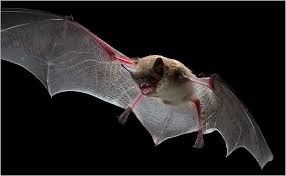HOW SAFE IS YOUR PLANT TREE AND YOUR PROPERTY DURING STORM
 A tree is never in greater danger than during a storm. That can mean a threat from pounding rain and hail, from the fury of the wind, from the scorch of lightning or the weight of ice on branches and leaves. You may also have to remove a tree that endangers life and property during or after a storm. The key to a tree's survival is the care you give before the storm, keeping it healthy with proper space to grow.
A tree is never in greater danger than during a storm. That can mean a threat from pounding rain and hail, from the fury of the wind, from the scorch of lightning or the weight of ice on branches and leaves. You may also have to remove a tree that endangers life and property during or after a storm. The key to a tree's survival is the care you give before the storm, keeping it healthy with proper space to grow.Every tree will face at least one storm during its lifetime.
Here are seven tips designed to help minimize the impact of storms on trees and property in your yard or in your forest:
Tip 1 - Think about young trees growing up when planting. Trees will mature and grow tall so avoid planting near wires, too close to a building, or in shallow soils or on steep banks.
Tip 2 - Brittle species should not be planted on sites where breakage is a problem. Brittle species include elm, willow, box elder, poplar and silver maple.
Tip 3 - Where early ice storms are common, avoid planting species that hold their leaves late into fall.
Tip 4 - During excavation around trees, avoid damaging or cutting roots.
Tip 5 - Begin an annual pruning program when trees are young. Prune dead or weakened limbs and excessive branches from crowns.
Tip 6 - For particularly valuable trees, hire a professional arborist to strengthen a tree by installing cabling or bracing on weak limbs and split crotches.
Tip 7 - Keep the tree healthy by watering, fertilizing, and protecting the soil from compaction.
Labels: PLANT























